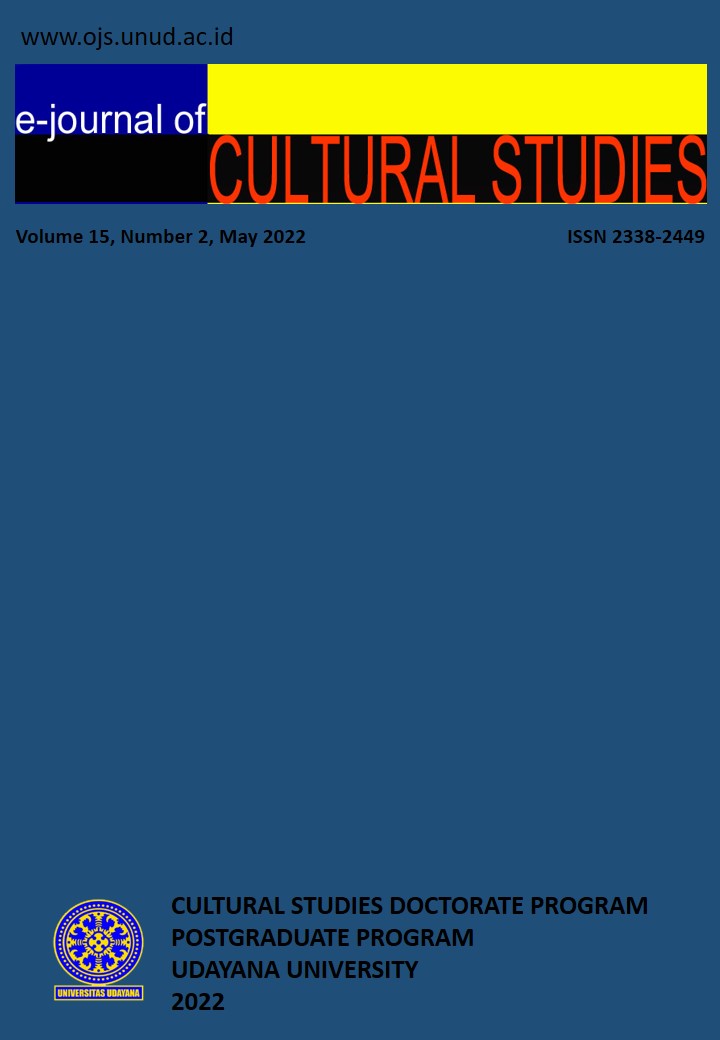THE POTENTIAL OF CEPUK WOVEN FABRICS AS NUSA PENIDA'S LOCAL WISDOM IN SUPPORTING SUSTAINABLE DEVELOPMENT IN THE PANDEMIC ERA
Abstract
This article examines the potential of cepuk woven fabric as Nusa Penida's local wisdom in supporting sustainable development in the pandemic era. Balinese people in general are familiar with Gringsing woven fabrics, songket woven fabrics and endek woven fabrics. There is a type of cloth that comes from Tanglad Village, Nusa Penida District, Klungkung Regency, called cepuk woven fabric. The process of making cepuk woven cloth using a traditional tool called cagcag . The purpose of this study is to provide information about the history of existence, tools and materials, the manufacturing process to the decorative motifs found on cepuk woven fabrics as local wisdom of Nusa Penida. This research is a qualitative descriptive study. Data was collected using observation, interviews, and documentation methods. The results showed that the history of the existence of cepuk woven fabrics has been accepted from generation to generation and is a type of sacred cloth. Materials used: metric threads and rayon, natural dyes using tarum leaves, teak leaves, bark (jamblang, mango, kepundung/menteng, noni), and secang/sepang wood. The process of making cepuk weaving is quite complicated through several stages, and has several motifs with their respective functions.
Keywords: cepuk weaving, natural dyes, decorative motifs, meaning







